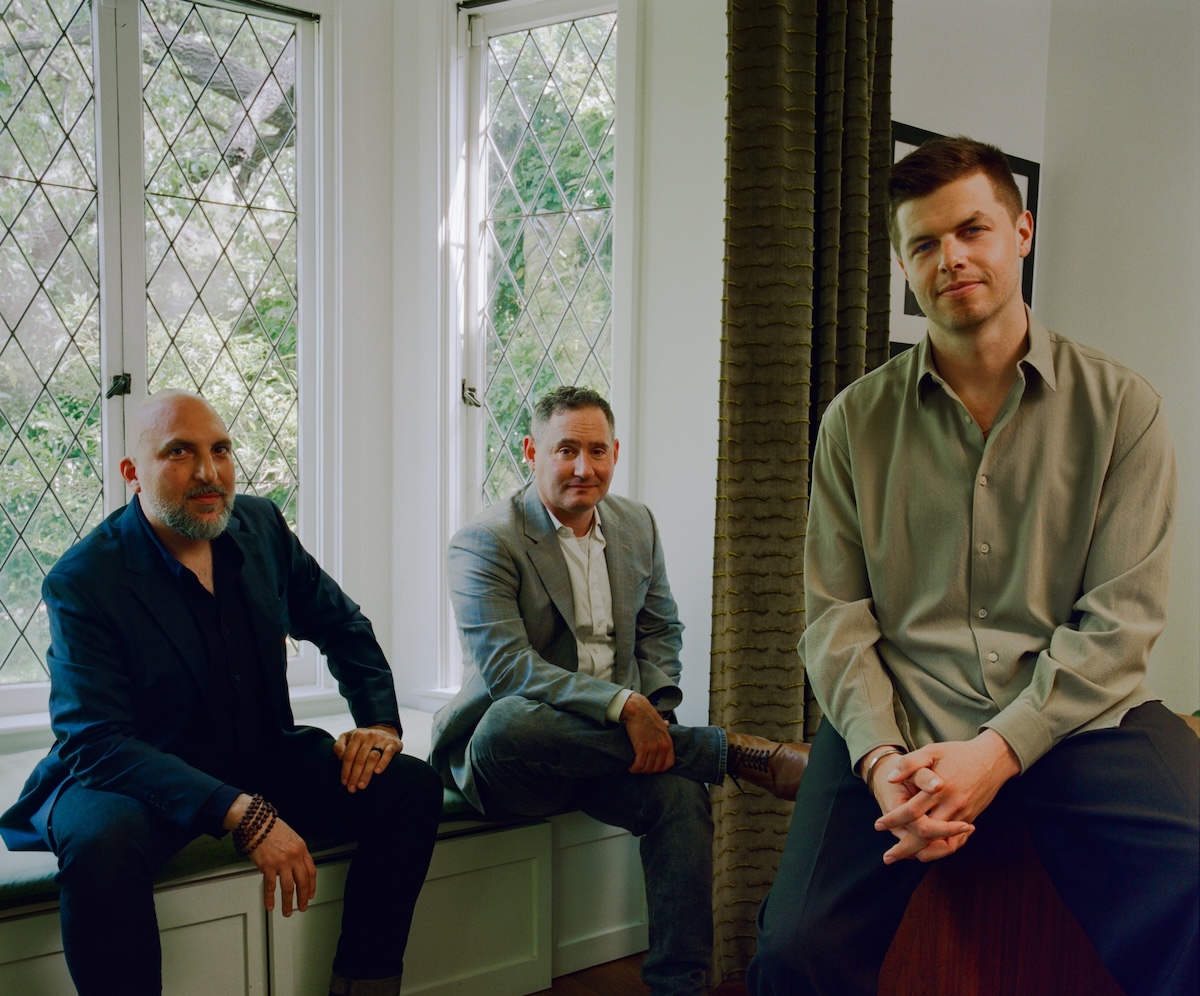Overwhelmed with trying to keep up with the different models you can now use to build your content using AI? A startup called Krea that’s looking to solve this problem specifically for designers and other visual creatives has now raised $83 million for a platform it believes will make the task of working with generative AI a lot smoother.
San Francisco-based Krea has built a “unified” platform that provides tooling from multiple models, along with a custom interface aimed at making queries and subsequent edits sent to those models significantly easier and more customisable to the user.
Krea has quietly been building out a user base that includes creators at Perplexity AI, Loop Earplugs, Pixar, LEGO, and Samsung, and today it’s announcing that it has raised $83 million in funding. TechCrunch has learned from sources close to the deal Krea is currently valued at $500 million post-money.
Krea’s funding is being announced for the first time today, and the $83 million total figure is actually coming in a few tranches: the latest, a Series B, totals $47 million; that was preceded by a preseed/seed and Series A respectively of $3 million and $33 million.
Bain Capital is leading the latest round. Other major investors in the startup include Andreessen Horowitz and Abstract Ventures.
From creatives to AI creators
Krea is the brainchild of Victor Perez (CEO) and Diego Rodriguez (CTO), kindred spirits who met a decade back when they were still students in Barcelona, Spain. Both consider themselves creatives and creators — specifically, Perez in music playing and production, and Rodriguez in art — but they have equally always been interested in technical subjects.
“I liked physics and maths and problems that challenged my mind,” Perez recalled of his student days.
The degree that introduced them to each other was engineering for audio visual systems, with Perez taking an interest on the audio side; Rodriguez on the visual. They quickly became friends, and Perez credits Rodriguez with sparking his own interest in AI.
They were not the only ones. It was 2015, and even ahead of the boom of generative AI ten years later, it was a formative moment for artificial intelligence. That was the year OpenAI was founded; and startups making early efforts around AI-created content were getting attention.
After their undergraduate degrees, the two moved into the world of work, each becoming AI researchers. Rodriguez eventually applied to go back to graduate school and won a fellowship from the King of Spain to attend Cornell. Perez followed and got the same fellowship and showed up a semester later.
But as it turned out, Perez ended up staying at Cornell for the grand total of one day.
Why? Leading up to the move, he said he was already thinking up with what would become an early version of Krea. Excited, he landed in New York approached Rodriguez with his idea the day he arrived. Rodriguez jumped in with both feet, and the two dropped out to build their startup — King of Spain and his fellowship be damned.
Leapfrogging the leapfrogs
The gap in the market that Krea is addressing is a big one at the moment. Put simply, the world has quickly been inundated with GenAI tools, and generally speaking, this presents several problems for the average designer when it comes to visual models.
Designers are not prompt engineers and do not want to be bogged down in the technical process of verbal AI interrogation. Designers are by and large not interested in keeping up with the latest model updates and figuring out which model is more (or less) effective for what they’re trying to achieve.
“Each model is being leapfrogged very quickly by another one,” Aaref Hilaly, a partner at Bain Ventures, said in an interview. “If you’re a creator and want to use these models… having a layer like Krea on top of all of them makes sense and that provides value to the creator. They are getting the latest models with a great user experience.”
And creators, Krea’s founders argue, work best when they are working with software that understands their sensibilities. Designers are creative, and they will gravitate to software that helps them in the creative process.
“There are a lot of companies that are focused on replacing creative workflows,” Perez said. “But we believe that creativity is not going to be automated. We are building tools for people to be more creative, to be able to focus more on ideas, and to be able to use this new creative medium.”
And the platform is set up to that end. users can input an idea for an image they would like to create. That idea is then processed by Krea, which behind the scenes selects the models that it believes could give users the best outcome based on the request. That might be one model or more than one. Users can then edit and tailor the resulting selections to refine them further.
The “one stop shop” idea is not exactly original: Poe from Quora is approaching the same idea for text-based generative AI responses, for example. Krea’s ability to then modify the images, however, is a unique feature that it believes is what helps keep the creator’s vision and talent in the mix.
“Why isn’t it possible to go on an [AI-generated] image, and click and drag and drop something in or take something out,” asked Rodriguez. “That’s how a painter would work.”
The company’s tools cover still images and video, and it is working on expanding its platform to cover tools for audio and music generation as well, Perez said. The funding will also be used, they say, to build out more enterprise features: up to now, the product has really been geared at serving individuals and small teams.
“Krea extends human creativity with a product that gives users full control without sacrificing power or craft,” Anish Acharya, a general partner at Andreessen Horowitz, in a statement to TechCrunch. “They’ve built a platform that moves at the speed of the best AI research but feels intuitive from day one. That combination is incredibly rare, and it’s why we’re so excited about what’s ahead.”




